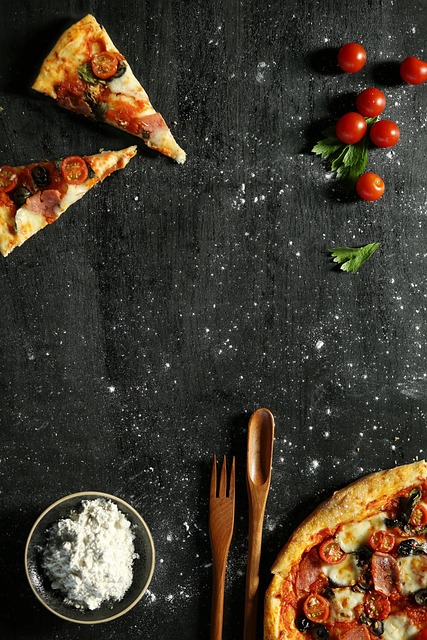Visual Storytelling: Photographing Dishes to Boost Online Engagement
Strong food photography turns a plate into a story that attracts attention online. Beyond aesthetics, images communicate flavor, technique, sourcing, and menu intent—helping audiences connect with culinary ideas, recipes, and the people behind them. This article outlines practical approaches to photographing dishes that increase engagement across social and web platforms.

Visual storytelling with food photography can change how viewers perceive a dish, conveying texture, temperature, and technique before a single bite. Images that reflect thoughtful plating, clear lighting, and honest depiction of flavors encourage clicks, saves, and shares across social feeds and menus. This article explores methods to make culinary imagery work harder for your recipes, baking projects, mixology shots, and mealprep visuals without relying on heavy editing or misleading staging.
Photography fundamentals and technique
Strong composition and consistent technique form the backbone of effective food photography. Start with natural light when possible: soft, diffused window light reduces harsh shadows and preserves accurate colors. Use a tripod for stability and slight aperture adjustments to control depth of field; a wider aperture isolates the subject while a narrower one keeps more of the plate in focus. Think in terms of story: decide whether a top-down, three-quarter, or eye-level angle best communicates the dish’s texture and preparation. Small adjustments to white balance and exposure maintain fidelity to the cuisine’s natural tones.
Plating for visual impact
Plating is a visual language that complements photography. Arrange components to lead the eye and leave breathing space on the plate; negative space can emphasize a central protein or highlight a colorful garnish. Consider color contrast and texture variety—crispy elements, glossy sauces, and fresh herbs read well on camera. For menus and online galleries, consistent plating styles across dishes create a coherent visual identity. Simple props like cloth napkins, minimal flatware, or rustic boards can add context without overwhelming the main subject.
Highlighting flavors and pairing in images
Communicate flavor and pairing through visual cues: lemon wedges, sprigs of herbs, or a dusting of spices suggest aroma and taste. For pairings—such as wine, coffee, or a cocktail—include a small portion of the accompanying drink or ingredient to imply their relationship. Close-up shots that show crumb structure in baking or the glaze on a roast help viewers anticipate textures. Capture action where appropriate, like a sauce being poured or steam rising, to suggest freshness and immediacy while reinforcing the sensory promise of the recipe.
Sourcing, sustainability, and nutrition in shots
Images can tell a story about sourcing and sustainability without explicit labels. Show whole ingredients, farm-style surfaces, or reusable containers to imply responsible sourcing. For nutrition-forward content, highlight vibrant vegetables, portion context, and balanced plating that reflects mealprep goals. Authenticity matters: avoid over-stylizing to the point where the photographed dish no longer matches what diners receive. Honest representation supports both engagement and trust, especially when audiences value sustainability and ingredient provenance.
Recipes, baking, and mealprep presentation
Photographing recipes and baking projects often benefits from process-oriented shots alongside final plating. Step-by-step images help readers follow techniques, from dough texture to folding and proofing stages. For mealprep, show portioned containers and stackable arrangements that demonstrate convenience and portion control. Consistent backgrounds and labeling in a series of recipe posts help viewers quickly recognize your content. Use shallow depth of field to highlight key moments—like flaky layers in pastry or the crumb of a freshly sliced loaf—while keeping instructional clarity.
Mixology, menu context, and workflow considerations
Drinks and mixed beverages pose unique photographic challenges: translucency, reflections, and garnishes require careful lighting and staging. Use side lighting to show liquid clarity and rim highlights, and include barware that complements the drink’s character. For menu photography, create a predictable workflow: plan shots by course, batch similar lighting setups, and maintain a style guide for angles and color treatments. Efficient workflows reduce shoot time and help maintain visual consistency across a menu or social feed.
Conclusion
Visual storytelling in food photography is a balance of honest representation, deliberate technique, and thoughtful plating. By connecting photographic choices to the dish’s flavors, sourcing, and intended audience—whether recipe followers, diners, or mealprep shoppers—images become a functional part of online engagement. Consistency, clear lighting, and storytelling through context help photographs translate culinary work into images that inform and invite interaction.





